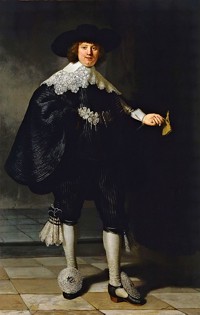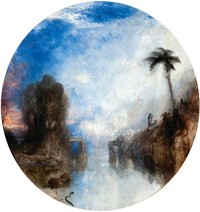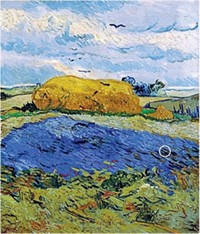Advertisement
Grab your lab coat. Let's get started
Welcome!
Welcome!
Create an account below to get 6 C&EN articles per month, receive newsletters and more - all free.
It seems this is your first time logging in online. Please enter the following information to continue.
As an ACS member you automatically get access to this site. All we need is few more details to create your reading experience.
Not you? Sign in with a different account.
Not you? Sign in with a different account.
ERROR 1
ERROR 1
ERROR 2
ERROR 2
ERROR 2
ERROR 2
ERROR 2
Password and Confirm password must match.
If you have an ACS member number, please enter it here so we can link this account to your membership. (optional)
ERROR 2
ACS values your privacy. By submitting your information, you are gaining access to C&EN and subscribing to our weekly newsletter. We use the information you provide to make your reading experience better, and we will never sell your data to third party members.
Art & Artifacts
The chemistry behind Leonardo da Vinci’s paintings
Scientists uncover unique chemistry in the primer formulas used in two Renaissance masterpieces
by Brianna Barbu
October 18, 2023
| A version of this story appeared in
Volume 101, Issue 35

A new analysis of microsamples from two of Leonardo da Vinci’s most famous artworks, theMona Lisa and theLast Supper, shows that Leonardo may have experimented with lead oxide as a drying agent in his primer formula (J. Am. Chem. Soc. 2023, DOI: 10.1021/jacs.3c07000).
“You understand easily when you analyze his pigments and his compositions that he was truly an experimenter,” says Gilles Wallez, an inorganic chemist at the Chemistry Research Institute of Paris and one of the study’s authors.
Though Leonardo was continually tweaking his primer recipe, he often started with an oil-based formula pigmented with lead white, a mix of two lead carbonate salts, PbCO3 and Pb3(CO3)2(OH)2. But when a team from the French National Center for Scientific Research used synchrotron X-ray diffraction to look at a tiny piece of the Mona Lisa’s underlayer—taken from a hidden edge of the painting during a 2007 restoration—the researchers found an unexpected additional component: the primer contained about 13% plumbonacrite, Pb5(CO3)3O(OH)2, which is stable only in alkaline environments.
Further analysis using Fourier transform infrared spectroscopy suggested that the plumbonacrite was the by-product of a reaction between the oil and lead(II) oxide, PbO, which acts as a Bronsted base. The reaction creates cross-links between the oil molecules, thickening the paint and presumably making it easier to smooth out cracks in the wooden plank on which Leonardo painted the Mona Lisa, Wallez says.
Advertisement
The researchers also found plumbonacrite, lead oxide, and another basic lead carbonate called shannonite in samples from the Last Supper, which suggests that Leonardo used a similar priming method for that wall painting.
Plumbonacrite nanocrystals scatter light in a way that gives paint a luminous quality. Over a century later in the Netherlands, Rembrandt would use lots of PbO in his oil paints to add depth and dimensionality to his portraits. Wallez says Leonardo’s contemporaries didn’t use much PbO and didn’t add it to their primer.
In an email, Koen Janssens of the University of Antwerp says the discovery of plumbonacrite under the Mona Lisa is an interesting clue about how Leonardo modified his oil paints— essentially doing chemistry before it had been properly established as a science.
Wallez says Leonardo’s paintings exemplify his extraordinary observation skills and scientific intuition. “Every time you’re able to dig into his artwork, you discover something new."
UPDATE
This story was updated on Oct 18, 2023, to reinsert the final paragraph.





Join the conversation
Contact the reporter
Submit a Letter to the Editor for publication
Engage with us on Twitter